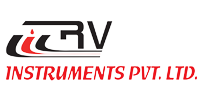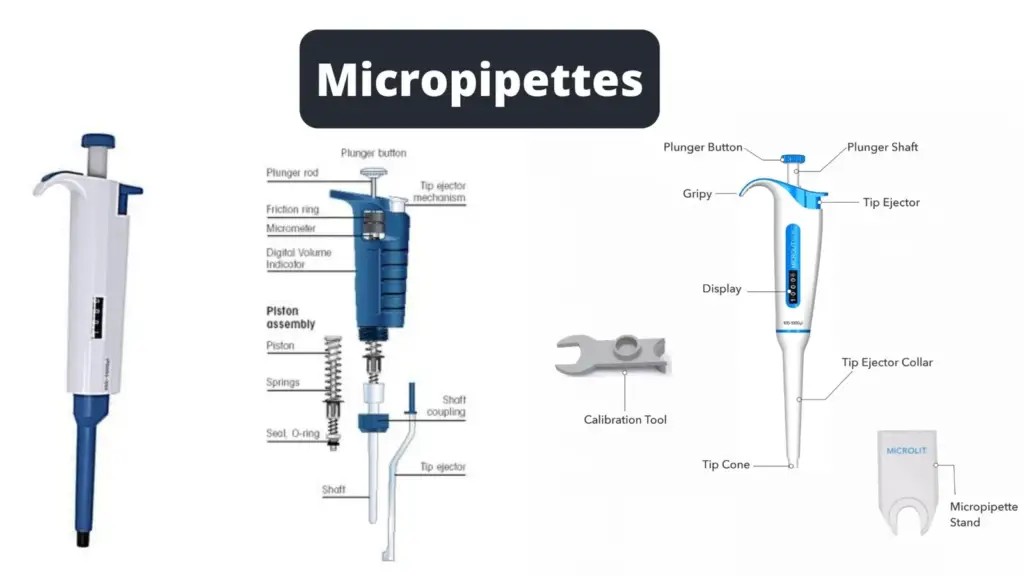A micropipette is used in highly sensitive lab experiments and research work. Used for precise transfer and handling of liquid, pipettes have versatile use in many sophisticated domains like microbiology, analytical chemistry, genetics, immunology, drug discovery, forensic sciences, etc. The lab activities like measurement, mixing, and transferring require these tools for testing and analysis, and the degree of volume readings often ranges in milliliters and micron levels. So, any error in mishandling, using the wrong steps, using prohibited chemicals, and going beyond tolerance limits gives wrong results and spoils the whole experiment. While the pipette is ergonomic for firm handling, some key precautions must be taken while using it. Let’s look into three important precautions to ensure correct usage of the micropipette:
3 Key Precautions While Using Micropipette
1. Set The Right Volume
Micropipettes have a wide range, sometimes between 1 and 1000 microns. However, setting the volume of liquid to extreme limits risks inaccuracies. Therefore, the volume in the pipette should be within a feasible range that can be handled by the tool. Choose the pipette according to the volume of liquid. Choosing high volume for a relatively small quantity of volume is impractical; likewise, choosing a small pipette for high volume liquid is also the wrong method.
2. Choose The Right Tip
Choosing the right tip is important as the wrong one directly affects the results, and the variations can lead to errors. The tip is chosen considering the volume range of liquid and the size and shape of the receiving vessel or container. For instance, a long narrow tip is used for dispensing liquid into small tubes. Special designs and techniques are used for viscous liquids and volatile liquids, and standard tips are not used for these liquids. The tip is sterilized if needed.
3. Pipette Carefully
Pipetting should be done most carefully as it is the main act and requires utmost attention. From depressing the plunger to create a vacuum which creates space for the liquid, to dispensing it into the vessel, the pressure applied by the thumb must be even, consistent and just balanced. Instructions for aspiration and dispensing must be carefully followed. The balance between pressure and speed of plunging directly impacts the credibility of pipetting. Vertical aspiration and dispensing are the right methods. Apart from this, the pipette should not be kept laid flat because the liquid can leak into the spring mechanism and cause it to rust. Air bubbles are strictly not allowed as they severely impact the accuracy. Using the tip ejector button, the tip is removed and discarded.
Other Precautions:
- Calibrate the pipette regularly for accurate measurements.
- Avoid using highly corrosive acids, bases, and highly volatile liquids.
- Special techniques are used for pipetting viscous and volatile liquids and organic solvents.
- Clean and disinfect the pipette and tips before and after use
- Avoid touching the tip to maintain the sterility of the liquid. Use gloves while operating.
By setting the right volume, choosing the appropriate tip, following the instructions properly, and maintaining the cleanliness of all the apparatus, the micropipette can be used to give accurate results. Manufacturers like Vertex RV provide a wide range of pipettes, with digit display up to 4 digits for precise results of experiments.

